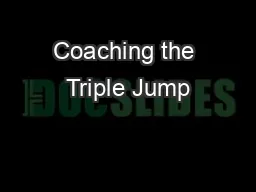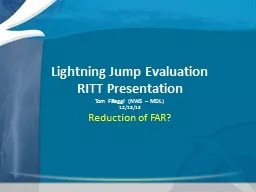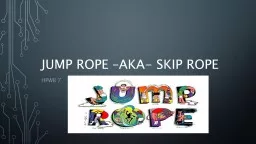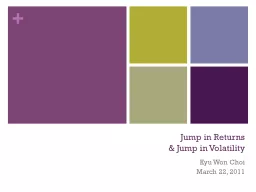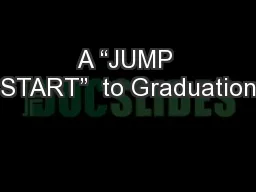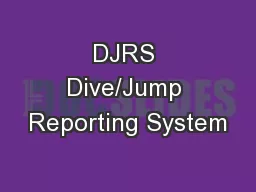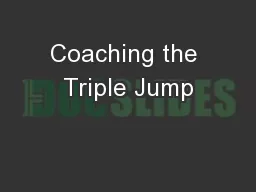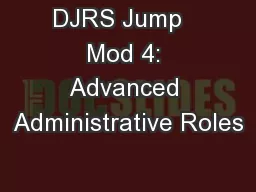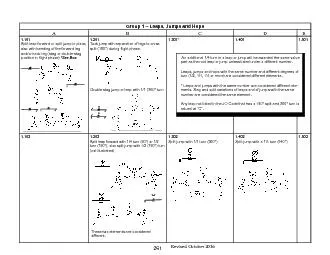PPT-2019 AP Summer Jump
Author : pasty-toler | Published Date : 2019-12-17
2019 AP Summer Jump August 29 2019 Welcome Introductions Agenda This or That AP Exams and Courses What to Expect How is an AP course different than an Honors course
Presentation Embed Code
Download Presentation
Download Presentation The PPT/PDF document "2019 AP Summer Jump" is the property of its rightful owner. Permission is granted to download and print the materials on this website for personal, non-commercial use only, and to display it on your personal computer provided you do not modify the materials and that you retain all copyright notices contained in the materials. By downloading content from our website, you accept the terms of this agreement.
2019 AP Summer Jump: Transcript
Download Rules Of Document
"2019 AP Summer Jump"The content belongs to its owner. You may download and print it for personal use, without modification, and keep all copyright notices. By downloading, you agree to these terms.
Related Documents


